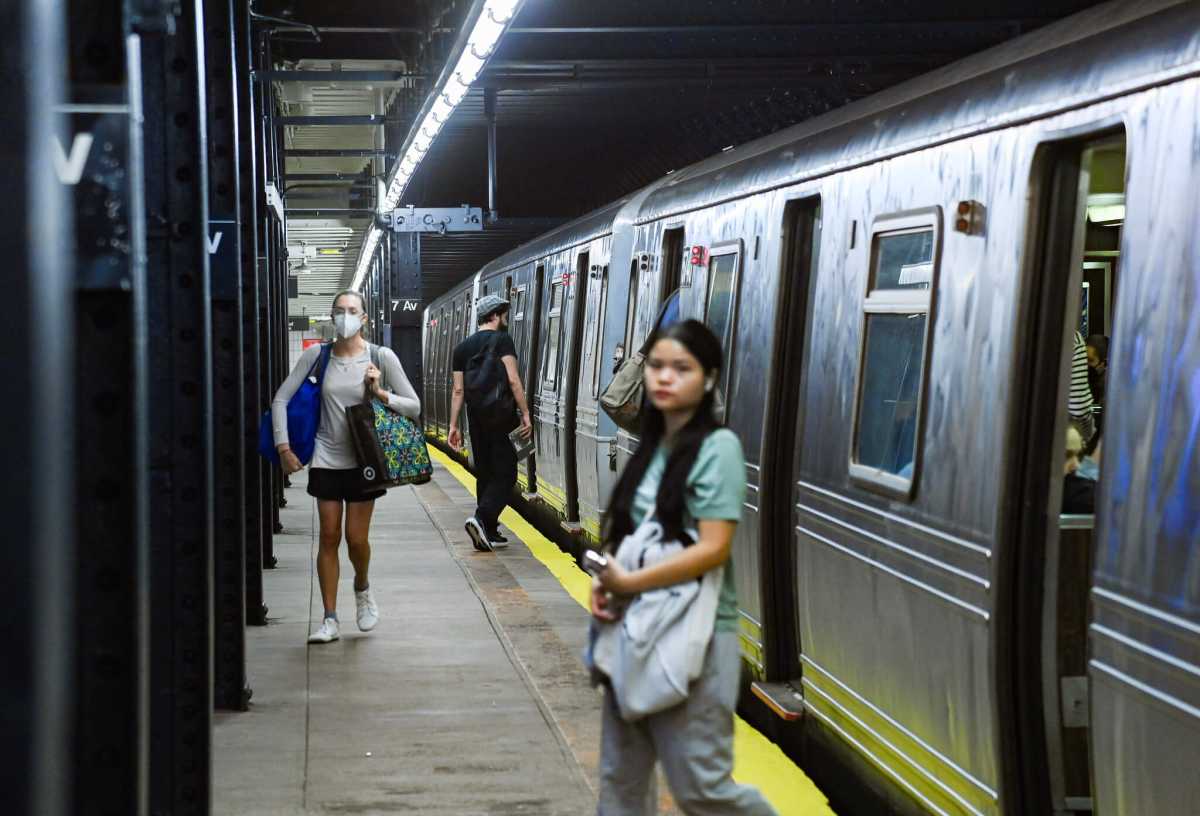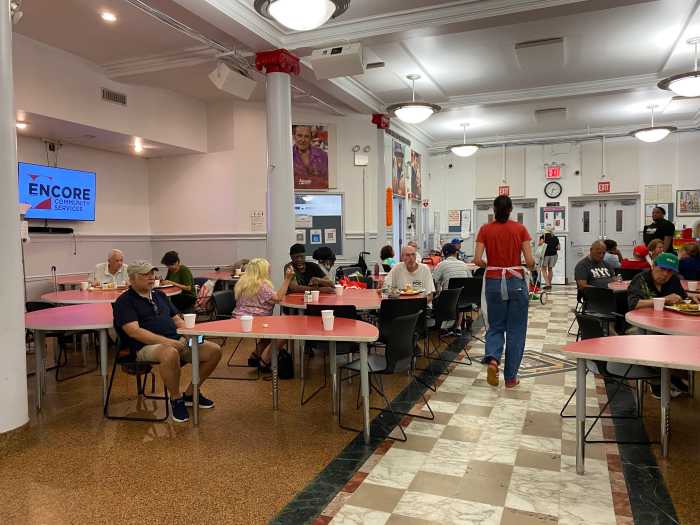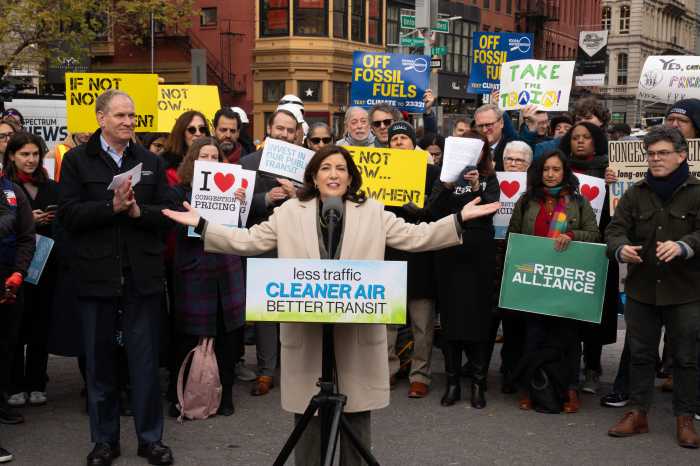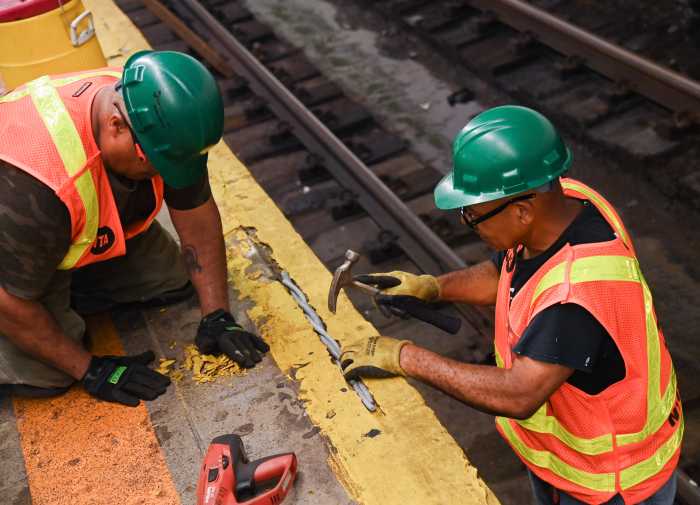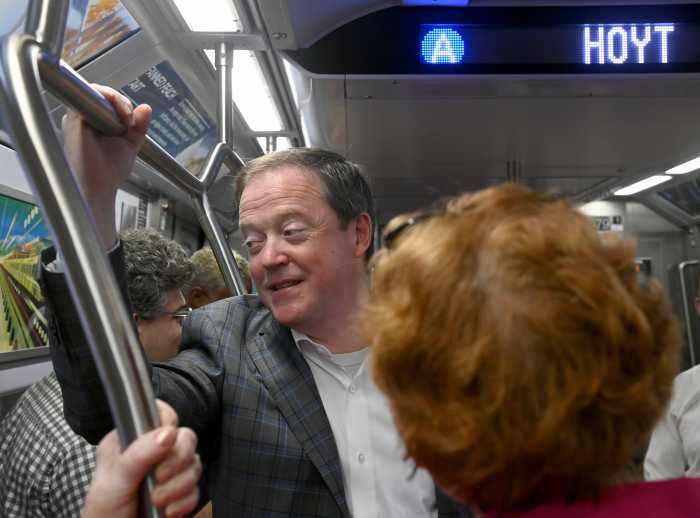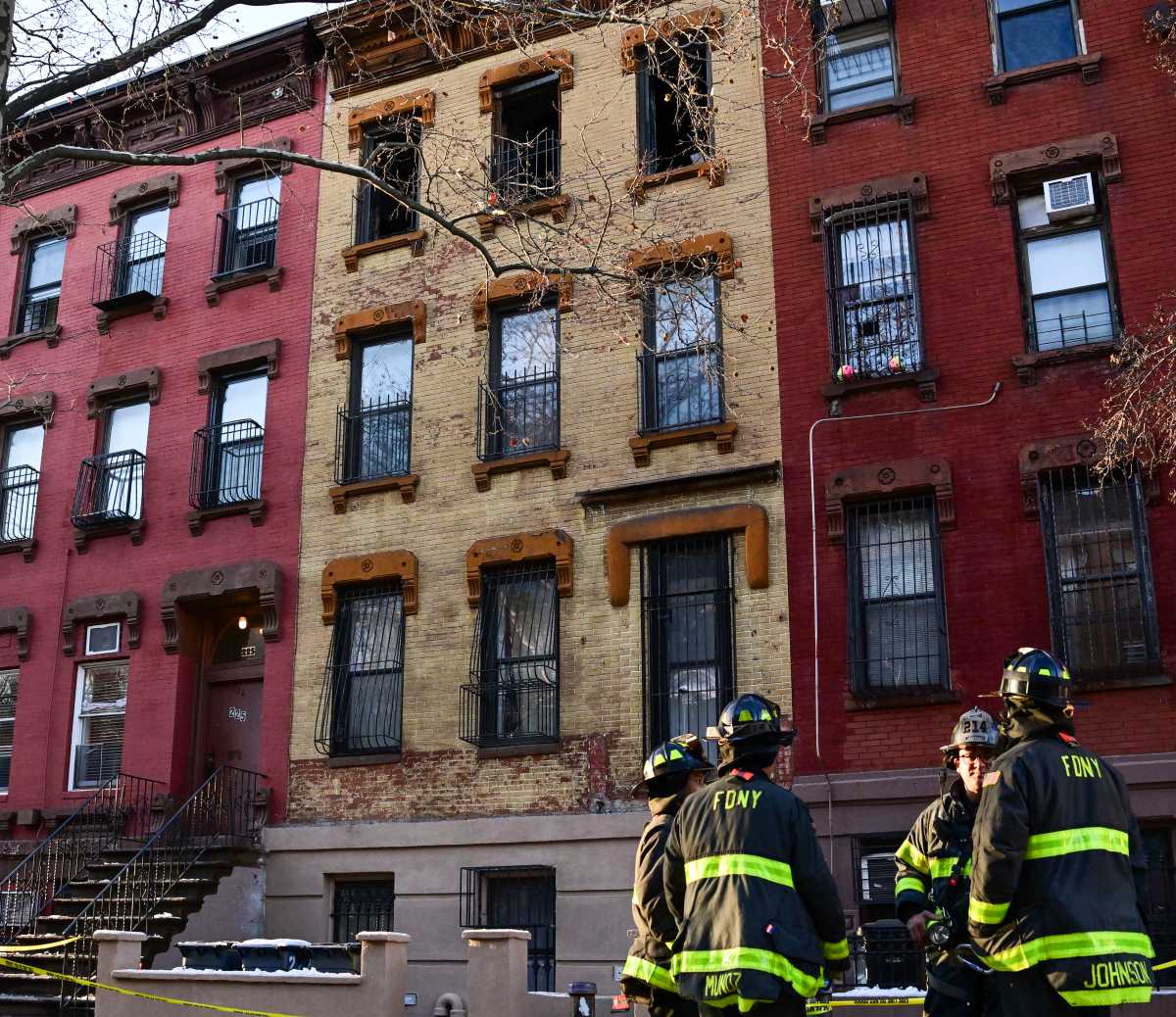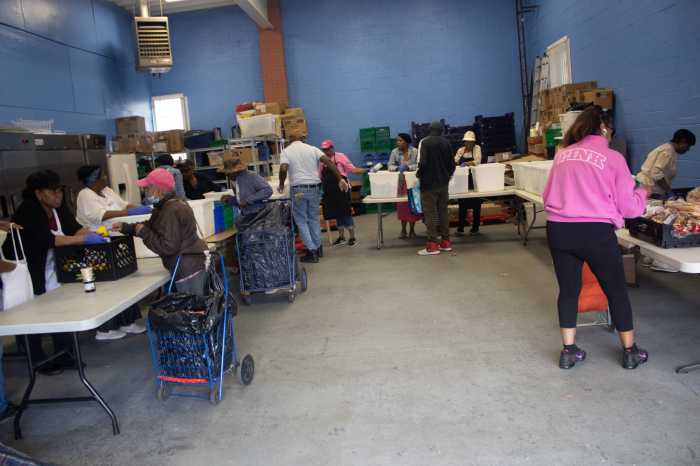The MTA is looking into ways to cool down its notoriously sweltering underground subway stations as climate change leads to hotter summers, the agency announced on Thursday.
The authority put out a “request for information” soliciting proposals from companies and organizations on innovative methods to cool down subway platforms, particularly those that are not carbon intensive like traditional air conditioning and thus, don’t contribute more to the problem in the first place.
“More frequent heat waves require us to find cost-effective and energy-efficient solutions to improving climate control in our subway system,” said the MTA’s chief of construction, Jamie Torres-Springer. “This solicitation allows us to explore sustainable and innovative technologies that can be achieved feasibly within our complex stations and in conjunction with our ambitious State of Good Repair commitments.”
Subway trains, of course, are air-conditioned, but the vast majority of stations are not, and the operations of subway trains can make a hot day even more oppressive as straphangers wait on platforms. Heat is generated outside trains by their air conditioning systems and when braking, creating stifling conditions on platforms during the hot summer months.
Most of the stations with air cooling systems are the system’s newest, like the three Q stops on Second Avenue and Hudson Yards on the 7, as well as South Ferry on the 1 and Cortlandt Street on the R, which were reconstructed after being destroyed by Hurricane Sandy and 9/11, respectively. Grand Central also has air conditioning on its platform for the 4/5/6 lines.
The lion’s share of stations, however, are decades or even a century old and were built in a way that can’t accommodate traditional cooling systems.
Traditional air conditioning is highly energy-intensive and emits massive amounts of carbon into the atmosphere. The Department of Energy’s National Renewable Energy Laboratory estimated last year that air conditioning is responsible for 1.95 billion tons of carbon dioxide emitted annually, about 4% of global greenhouse gas emissions.
MTA officials say they are looking for sustainable cooling technology that keeps platform temperatures below 85 degrees Fahrenheit on days when outside temperatures top 95 degrees. By the 2050s, the number of days with temperatures over 90 degrees is expected to double, with the number of heatwaves potentially quadrupling, according to the New York City Panel on Climate Change.
The transit agency has previously committed to slashing 85% of its carbon emissions by 2040, in-line with but faster than the state’s own decarbonization goals, with a large part of that coming from electrifying its nearly 6,000 buses.
Read more: MTA Warns of $50 Fine for Lingering at Grand Central Madison



